My 1200sqft: Inside Summer Rayne Oakes’ Williamsburg Oasis Filled With 500+ Plants

Our ongoing series “My sqft” checks out the homes of 6sqft’s friends, family and fellow New Yorkers across all the boroughs. Our latest interior adventure brings us to Summer Rayne Oakes’ plant-filled Williamsburg loft. Want to see your home featured here? Get in touch!
As far as multi-hyphenate models go, Summer Rayne Oakes may be the most impressive we’ve come across. More than being a cover beauty, Summer is also a writer, businesswoman, activist, chef (she’s working on her first cookbook), and an ecologist by training (she graduated from Cornell with degrees in Environmental Science and Entomology). Unsurprisingly, this overachiever’s multifaceted talents touch ever corner of her life, including the space she’s called home for the past 11 years.
On the top floor of an unassuming Williamsburg building is a 1200-square-foot loft that’s been transformed into a veritable jungle with over 500 plants (and 150 species) and a handful of exotic insects, including African millipedes and Madagascar hissing cockroaches (they’re confined to a terrarium, if you’re wondering). While her home at first glance appears to be dominated by plants, Summer’s space is also decorated with dreamy touches, carefully curated vignettes, and furniture she’s built with her father using wood found on the street. Ahead Summer takes us through her unique loft and gives us some insight into the work she’s done, her perspective on her changing neighborhood, as well as some tips for raising plants in the city.
 Summer’s dining table was found on the street and the chairs came from her dad’s union. The hanging planter shelf she built with her dad with wood she found near her home; the rod is a repurposed broomstick. She’s also an avid tea drinker and has created herself a “tea chest.”
Summer’s dining table was found on the street and the chairs came from her dad’s union. The hanging planter shelf she built with her dad with wood she found near her home; the rod is a repurposed broomstick. She’s also an avid tea drinker and has created herself a “tea chest.”
You’re originally from Northeastern Pennsylvania, what brought you to New York?
Summer: It was the modeling at start because at that point in time I wanted to look at how I could bring environmental awareness out to a wider audience. I got kind of stuck on the idea that I could do it through fashion. Not that I had ever really been involved or interested in it, and I didn’t even know how to get there other than by meeting people. Putting myself back into my 18-year-old self, it was the idea of wow, I think fashion could be a really cool way to disseminate environmental awareness.
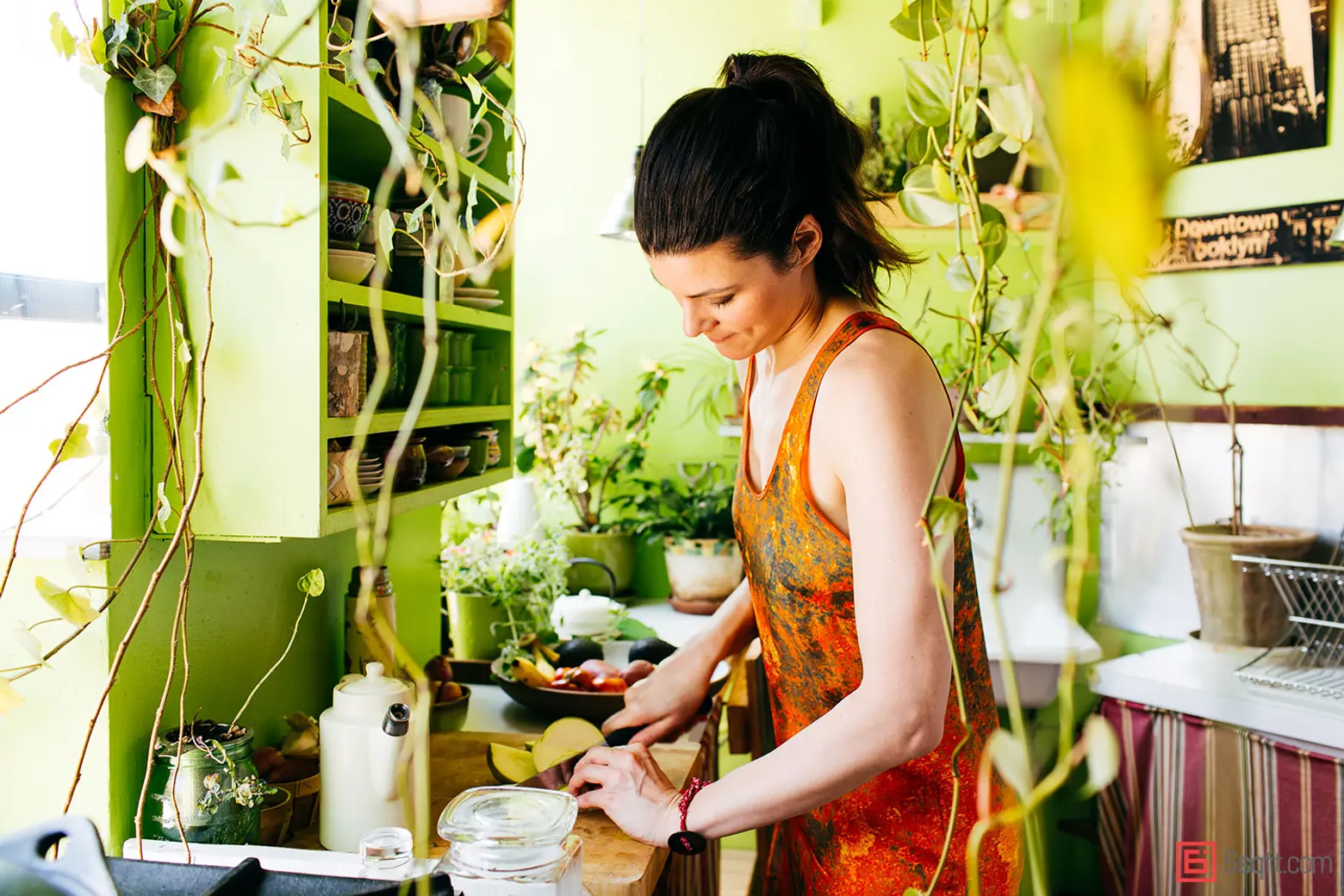 The hanging planter above is actually a repurposed sled. Summer cooks at home two to three times a day, which her diverse pantry reflects.
The hanging planter above is actually a repurposed sled. Summer cooks at home two to three times a day, which her diverse pantry reflects.
You’re a model but also an entrepreneur, writer and environmental activist, how did you come into all these different roles?
Summer: I think that my background in environmental science and entomology informs a lot of what I do. What I care about is the environment, and whether it’s via modeling, writing or speaking, that’s how it manifests in my life.
Even when I was interested in fashion, I was looking into changing the federal regulations of chemicals that were being put into our land through our sewage treatment plants; this is what trickles out from our beauty products, or the pesticides we’re using on our cotton plants, and remains in the environment. So it’s like why don’t we nip it at the bud? Well, let’s go to the fashion industry, let’s go to the beauty industries. But even then that’s the not the underlying issue. It’s actually how we’ve crafted the world in which we live.
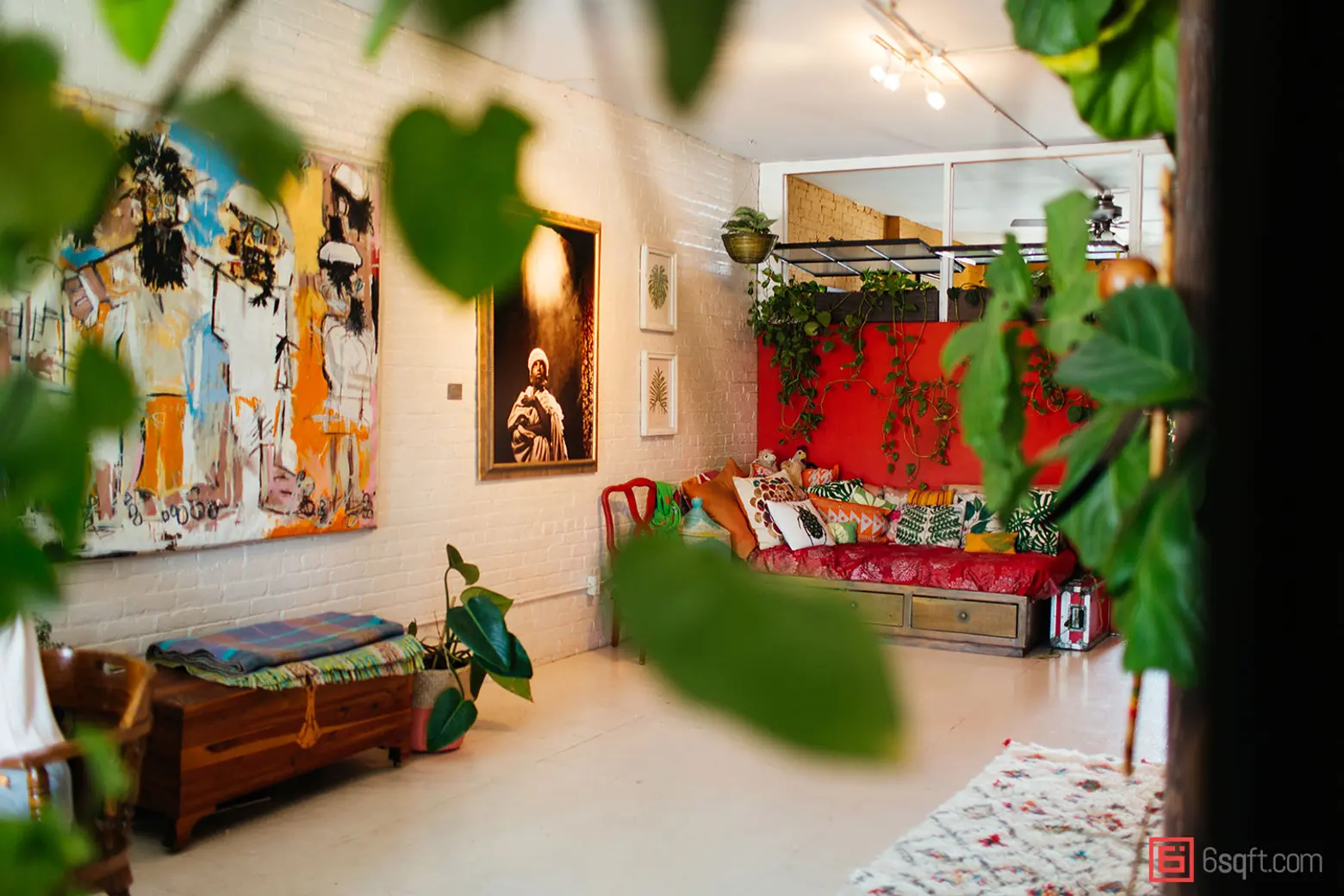 She recently started growing several plants hydroponically and she added a composting box to her kitchen four months ago. The photos on the fridge mark important life events.
She recently started growing several plants hydroponically and she added a composting box to her kitchen four months ago. The photos on the fridge mark important life events.
There can be a lot of hypocrisy where fashion and the environment meet, but I think part of it stems back to the system. Like, are we living in a sustainable system? And then what does that mean? The way that business is done at its root, is that even sustainable? If we’re measuring the GDP of economies, that’s the underlying system.
I feel grateful that I’ve gone through the diligence of the education program that I did in order to be able to ask those questions, because not many people do. It’s always good to question those things and I try to question myself as well. But as of late, I’ve kind of moved out of the world of fashion. I’m focusing on food now. My second book, which will be out next year, is about helping people cleanse themselves from sugar. The World Health Organization just released a report that 1 in 11 people in the world are diabetic, which means probably 1 in 3 are pre-diabetic, and I think that we can’t live fulfilled lives if we aren’t healthy.
I think that I just happen to fall into fashion first. That was my first direction, but I am ecologist by training. So I’m a systems thinker and any kind of system is perfectly fine for me as long as it’s through an environmental lens.

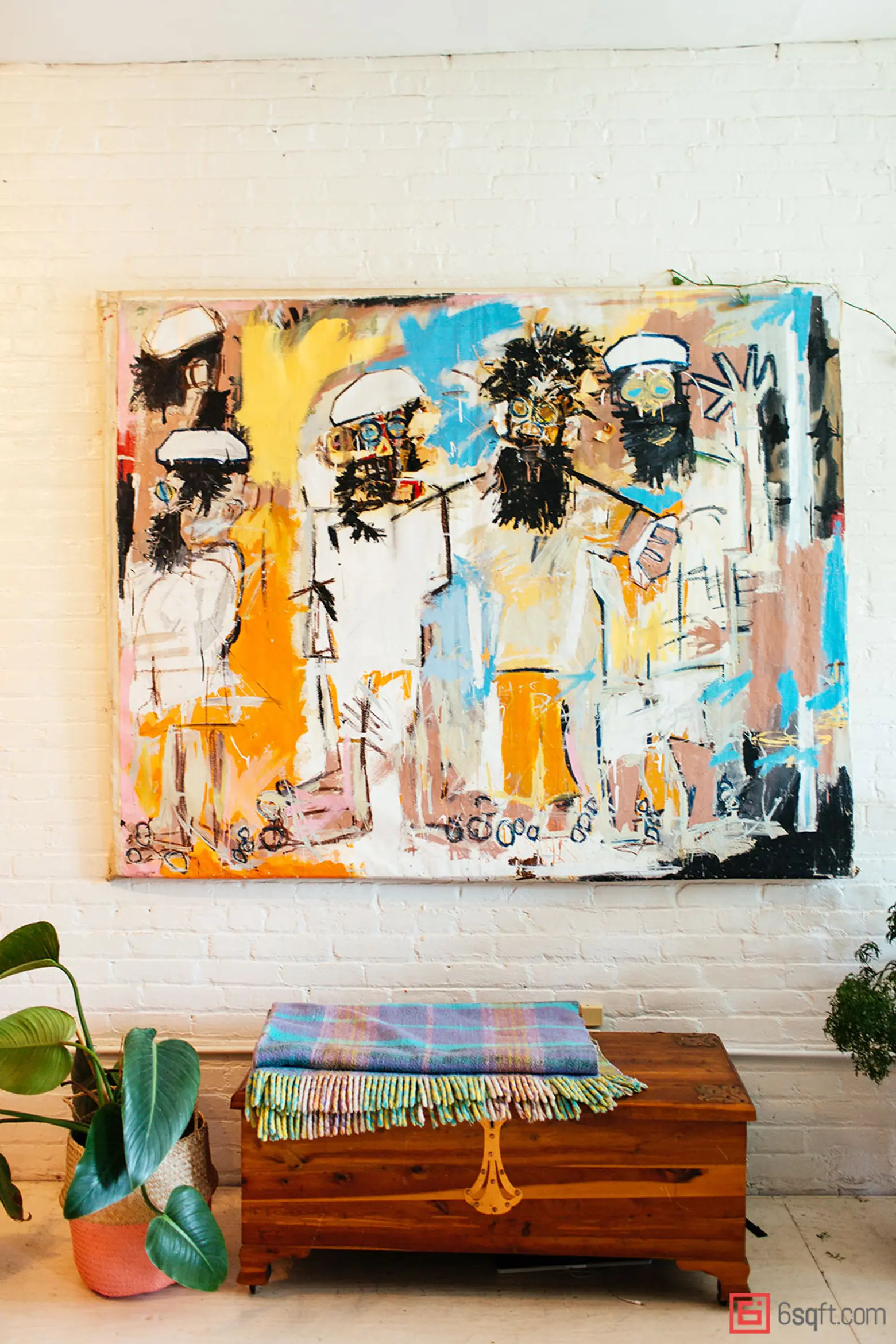
 The hammock is Summer’s favorite spot in the home. She loves Basquiat, but can’t afford a piece; The painting above she purchased from an artist named Steven Cogle who used to work in a wood shop that was formerly on the ground floor of her building; It’s a political piece called “Guantanamo Bay.” The cedar chest she found at an auction.
The hammock is Summer’s favorite spot in the home. She loves Basquiat, but can’t afford a piece; The painting above she purchased from an artist named Steven Cogle who used to work in a wood shop that was formerly on the ground floor of her building; It’s a political piece called “Guantanamo Bay.” The cedar chest she found at an auction.
Was this all part of your upbringing too?
Summer: I think I was always a kid of nature, I just loved being out there. I wanted to go to school for art for a very long time and my parents were really supportive of whatever I wanted to do. When I was younger, a lot of my artwork was really inspired by nature. I ended up going to school for environmental science instead of art, but I still bring a lot of that into my life. I love pretty things, I love beautiful things.
And I think part of it just goes back to what makes you really happy. I think the only way that I’ve been able to exist in the city for so long is by bringing nature indoors. But I’ve always done that, even as a kid. I built a little waterfall in my room as a child, and I would bring moss in and I would raise insects. I was lucky that my parents were super supportive of that. My parents are also both into gardening, so I grew up with a large garden. I don’t have a plot of land here and that’s kind of why I’ve turned my space inside out.
 In her bedroom, she uses a sub-irrigated green wall created by Mingo Design. She reused tea containers for her succulents, which work well because of the little water they require—no drainage necessary.
In her bedroom, she uses a sub-irrigated green wall created by Mingo Design. She reused tea containers for her succulents, which work well because of the little water they require—no drainage necessary.
Being around plants and nature is proven to improve moods and well-being, but in what specific ways have all these plants changed your life in New York?
Summer: Every time I come into my home, it’s a sense of relief. I know it has the same effect on other people because when I invite people into my home now, I see their faces change. I was really selfish for so long. This was my home for so long and I wasn’t really inviting people in because it was my sacred space. I also had an office in here for a very long time. When I had the office, I probably had around 100 plants. When I moved it out in 2012, I was able to add five times that.
When I come in, it’s super chill and the whole energy and space kind of shifts. I have a meditation night here once a month and usually about 15 to 25 people will come. And for the people who come for the first time, they just go “ahhh” and have a look of awe. But this is also because we’re so undernourished of green in our life being in the city. Even if you didn’t grow up in the country, on a cellular level you miss this kind of environment.
 She pulled out her closet as the result of a project proposed to her by a magazine to create a veggie/herb garden indoors. The magazine never came through, but she and her father decided to move forward anyway. Here she has pineapple, cucumber, rosemary, squash, lemongrass, micro greens, lemon balm, curry, fig, a lemon tree and numerous other edibles growing. On average, she spends about 1/2 an hour a day watering all the plants in her apartment, and 1-1 1/2 hours a week.
She pulled out her closet as the result of a project proposed to her by a magazine to create a veggie/herb garden indoors. The magazine never came through, but she and her father decided to move forward anyway. Here she has pineapple, cucumber, rosemary, squash, lemongrass, micro greens, lemon balm, curry, fig, a lemon tree and numerous other edibles growing. On average, she spends about 1/2 an hour a day watering all the plants in her apartment, and 1-1 1/2 hours a week.
Have you had many plants die on you?
Summer: Oh yeah, of course. I’ve tried to put a plant in a specific situation, and I think this is where a lot of people fail. It’s where we kind of hope that the plant fits in a space where there might not be enough light or it might be the wrong something. And you’re like, “But the plant would look perfect here!”
I had a Boston fern near my front door that actually required way more light than what’s there. The Boston fern didn’t completely die but I eventually moved it into one of the rooms and it’s kind of recovering right now. If I see a plant ailing, I’ll remove it and try to reduce the situation.
 The fig tree in her office was the first plant she ever brought into the apartment. It was only waist-height at the time and today reaches across the ceiling.
The fig tree in her office was the first plant she ever brought into the apartment. It was only waist-height at the time and today reaches across the ceiling.
What would you recommend for someone who has no experience growing plants?
Summer: Pose questions to somebody who might know a little bit more than you do. If you’re going to a plant store and you’re getting a plant, or if you’re going to the farmers market and you’re picking up a plant, don’t be afraid to ask questions—like, hey, I have an east-facing window or I have a north-facing window, what would be the best plant for that place? And then understand what your commitment level is going to be. If you’re an attentive plant mommy or daddy, then you can get something that’s a little bit more high maintenance. If you need something that is better with benign neglect, there are plants for you too.

 The above plate originates in East Africa and is made from tree stumps left behind after deforestation. Any “flaws” are given wood insets. Behind the zebra planter is Summer’s terrarium filled with exotic insects.
The above plate originates in East Africa and is made from tree stumps left behind after deforestation. Any “flaws” are given wood insets. Behind the zebra planter is Summer’s terrarium filled with exotic insects.
You’ve been in Williamsburg 11 years now, why did you choose this neighborhood?
Summer: I didn’t choose the neighborhood. I was looking for a space that I could share because I just moved to New York and I didn’t have much money. I happened to have dinner with the then-editor of the now defunct “Gourmet” magazine and a photographer friend, and I was like “Yeah, I’m looking for a space.” My friend introduced me to a girl who was my roommate up until six years ago. She was a Brazilian shiatsu massage therapist and it was just really marvelous because she was a wonderful roommate to have and this was a great space to move into. There were no plants in this house at that time though, which is so hard to believe now.
Did you know anything about the area back then?
No, I didn’t even know what Williamsburg was at the time—it was 11 years ago. Williamsburg was very different then. The cab drivers wouldn’t drop you off here, your friends from Manhattan would never come out. That’s probably the reason why I never had friends here, because nobody from Manhattan would ever come out. It’s crazy because now all my friends from Manhattan are either moving out here or they’re looking for real estate in the area. So I feel very grateful. Every day I wake up I feel so fucking grateful that I have this place.
How do you feel about the changes in the neighborhood being here so long?
Summer: I don’t mind them because I love my space so much. It’s an oasis from anything. Even if it was very different outside, this space is kind of maintained. I love my street though. I love a lot of my neighbors who I’ve known for over a decade now. I’ve gotten really involved within the community as well. I’ve very good friends with the assemblymen here. I got involved in curbside organic pick up, petitioning with my neighbors to push that forward at a much quicker pace.
I feel like this is my home. I don’t mind that there’s a Whole Foods coming in. I just remember when I first moved here there was only Tops and bodegas and you would just not eat as well. I think the farmers market was around but it wasn’t bumping the way that it is now. It’s a lot different and that comes with the good and the bad. Many buildings didn’t exist before, so I had a much better view. But even if I go onto the roof of my building, I can see the Statue of Liberty, the Empire State Building, three bridges. It’s really incredible.
***Learn more about what Summer is involved in over at summerrayne.net.
All photos taken by Erin Kestenbaum exclusively for 6sqft. Photos are not to be reproduced without written permission from 6sqft.
RELATED:
- The 10 Best Plants for Apartment Dwellers
- 15 Air-Purifying Plants to Add to Your Apartment or Home
- My 275sqft: Inside a Creative Director’s Chic Lower East Side Micro-Apartment
- My 900sqft: Tour the Romantic Prospect Heights Home of Two Brooklyn Entrepreneurs
Get Insider Updates with Our Newsletter!
Leave a reply
Your email address will not be published.



















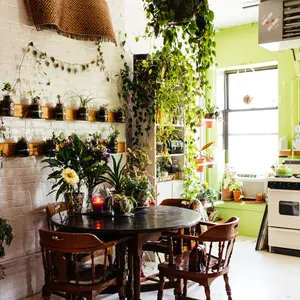








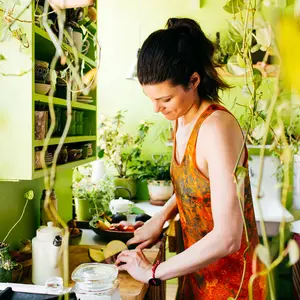





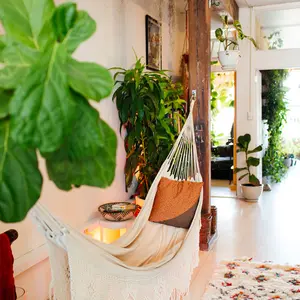










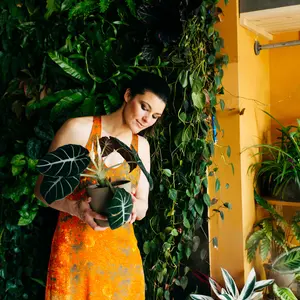





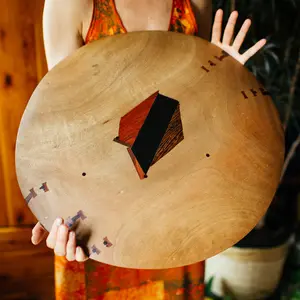










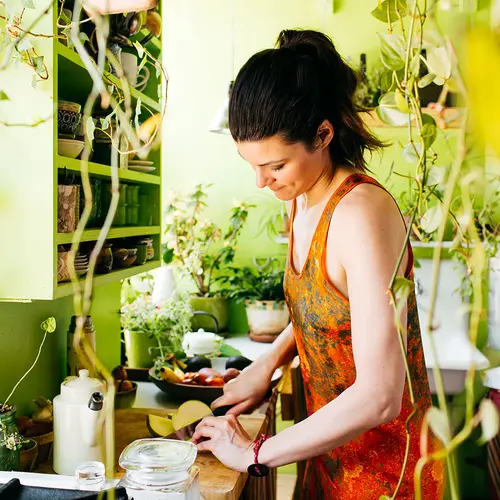




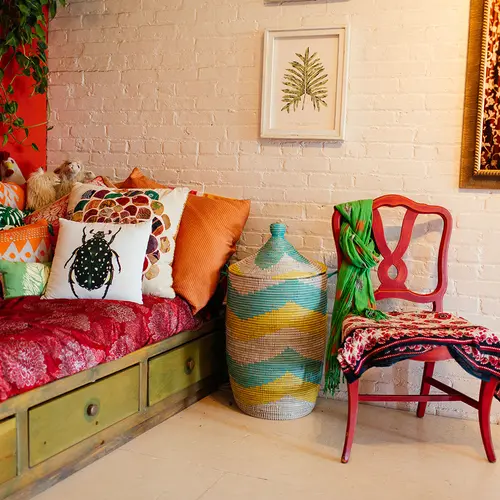
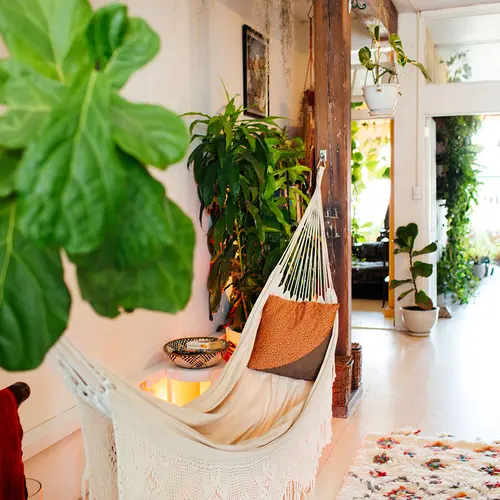

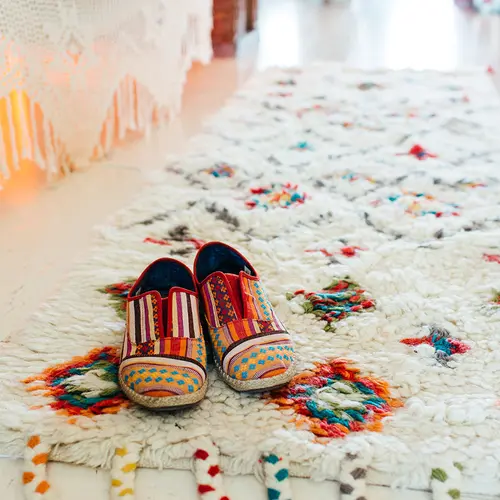













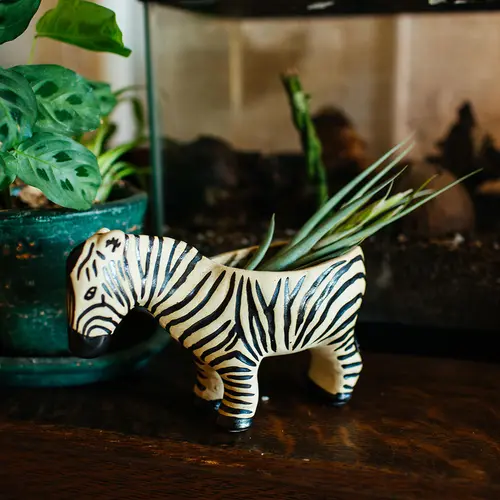

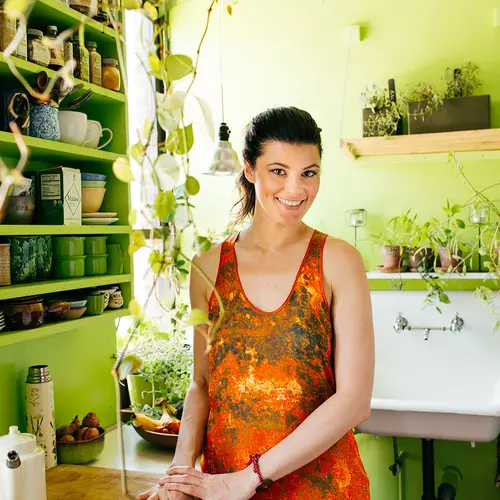


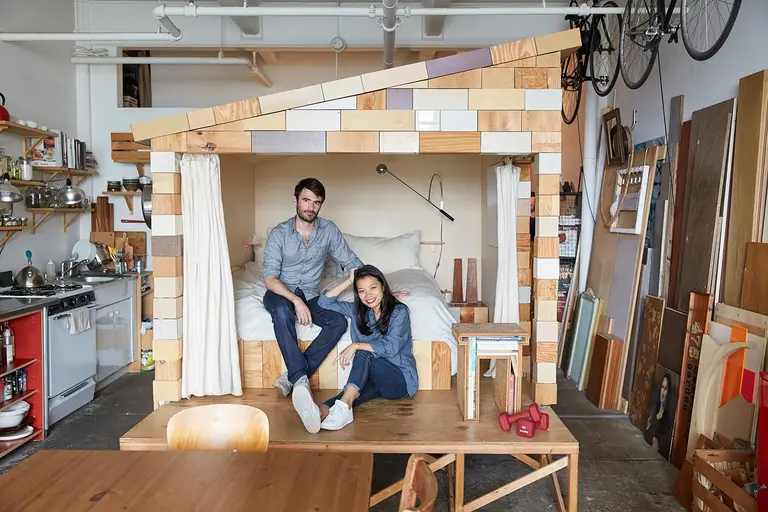







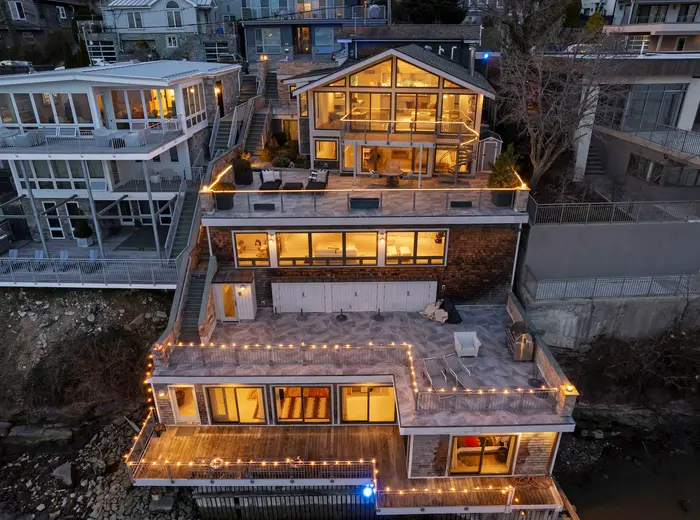

















Love plants and greenery indoors, but this is overkill. Too cluttered with all the “repurposed” recyclables and the multiple colors. This space looks stress inducing.
This is impressive. I love the colors and it’s inspiring to see that this type of environment is possible in the city. It’s like being on a perma-vacation in the jungle!
j’adore !